Important Point
Forging And Its Types:
Forging is the operation where the metals are heated, and then a force is applied to manipulate the metals in such a way that the required final shape is obtained. Forging is usually a hot working process though cold forging is sometimes used.
Four types of Forging and its types:
- Smith forging.
- Drop-forging.
- Press forging.
- Machine forging.
Also, Read: What Is Pipe Joint? | Types of Pipe Joints
#1. Smith Forging-
It is a traditional forging operation done openly or openly by manual hammer or electric hammer on the black village hut or modern shop floor.
This process involves heating the stock in a blacksmith stove and then beating it on the anvil. The operator has to manipulate the component between warts to shape the will. The types of operations available are fulling, flattering, bending, irritating, and swelling.
#2. Drop-forging-
This is the operation performed by means of closed impressions, which are struck by a drop hammer, the force is applied in a series to shape the component.
The drop forging uses a closed impression die to obtain the desired shape of the component; shaping is done by a recurrent hamper delivered to the material in the die cavity.
The equipment used to deliver the blow is called a drop hammer. The drop forging dye consists of two parts. The lower part of the die is fixed to the anvil of the machine, while the upper part is fixed to the ram. The heated stock is placed in the lower dye, while the ram expands 4-5 times in the metal and completely fills in the dye cavity.
When two of the circles die, it completely stops. Typical products obtained in drop forgings are crank, crankshaft, connecting rod, wrench, crane hook, etc. The types of operation are filling, edging, bending, blocking, finishing and trimming, etc.
Also, Read: Application of Cotter Joint | What Is a Cotter Joint | Types of Cotter Joint | Application of Cotter Joint
#3. Press forging-
Similar to drop forgings, press forging is also performed in closed impressions, with the expectation that the force is the type continuously squeezed by the hydraulic press.
Press forging des, similar to forging dag, is also a process in press forging; the metal is not shaped through a series of blows as a series of forgings, but through a single continuous squeezing action. This squeeze is achieved through a hydraulic press.
Due to the continuous action by the hydraulic press, the material is uniformly deformed to its full depth, the press forging dies with various effects, such as fuller, bender, and finisher impressions are properly arranged.
#4. Machine forging-
Unlike press or drop forgings where the material is drawn, the material in machine forging is only disturbed to obtain the desired shape. Since it involves an offsetting operation for some time, it is called offset forging.
Originally it was developed to produce bolt heads in a continuous fashion, but now has a fairly large number of misc.
Uses of this process:
Because the flow of beneficial grains is obtained by disturbing it. It is used to make gears, blankets, shafts, axles, and similar parts. The offsetting machine, called a setter, is usually acting horizontally. The dye set consists of a dye and a related punch or heading tool.
The dye consists of two parts, one is called a stationary gripper that is fixed to the machine frame, and the other is a movable gripper die that moves along the dye slide of the upsetter. The stock is held when a death occurs between these two grippers.
The upset begins with the forging cycle, sliding the stationary die against the movable die to hold the stock. Two dies when the required dead cavity is in a closed position, the top tool advances against the stock, and it completely fills in the die cavity.
After completion, the title tool moves back to its position. The movable gripper dies, then moves backward and leaves the stock. It is not possible to achieve the final shape in a single pass, even in machine forgings similar to drop forgings.
Therefore the operation is performed in several stages. Dye cavities are required for various operations that are all vertically arranged when the gripper dies. The stock moves from one phase to the next in the proper order until it is ready in the final order.
A heading tool for each offsetting stage is arranged on the heading slide of the offsetting machine. A typical updating dye and heading tool are shown:
Frequently Asked Questions (FAQ)
Forging And Its Types
There are four types of forging manufacturing processes that are commonly used to shape metal parts. These processes include impression die forging (closed die), cold forging, open die forging, and seamless rolled ring forging.
Like this post? Share it with your friends!
Suggested Read –
- Types of Axles
- Bolt Head Types
- Difference Between Orthogonal and Oblique Cutting | Orthogonal Machining
- Parts of Shaper Machine | What Is the Shaper Machine? | Working of Shaper Machine
- What Is a Synchromesh Gearbox? | Principle of Synchromesh Gearbox | Construction of Synchromesh Gearbox | Working of Synchromesh Gearbox
- Working of Constant Mesh Gearbox | What Is a Constant Mesh Gearbox? | Different Gear Ratios in Constant Mesh Gearbox | Construction of Constant Mesh Gearbox
- What Is Magneto Ignition System | How Does an Ignition System Work | How Does a Magneto Work | What Does a Magneto Do | Magneto Ignition System
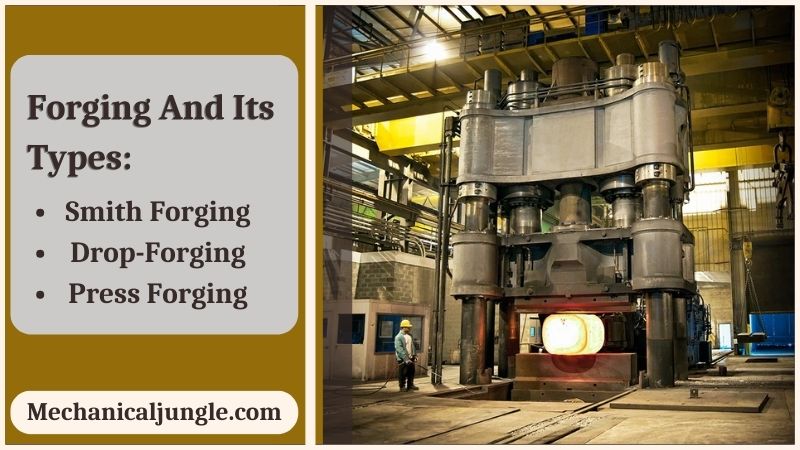
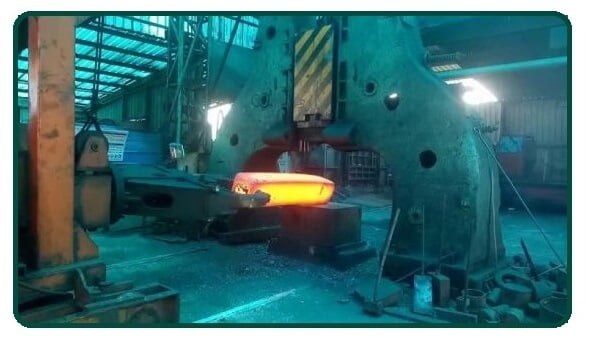
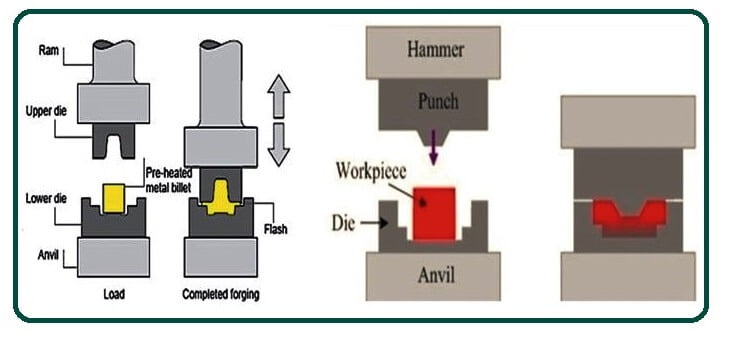
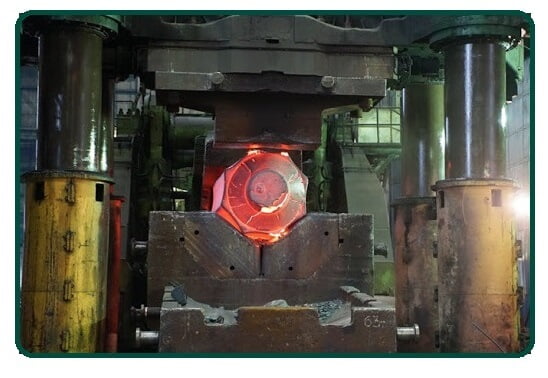
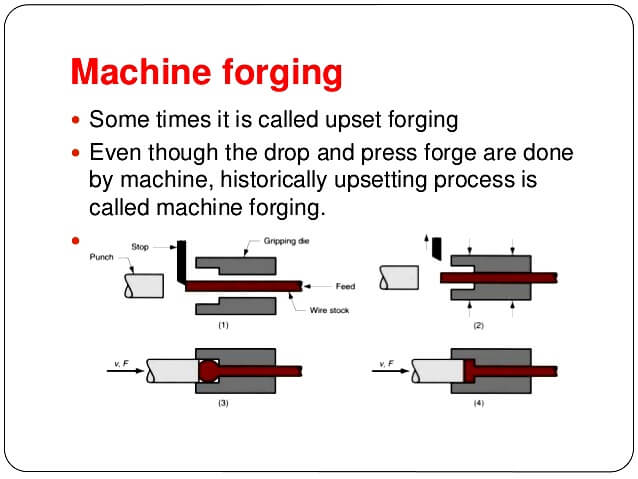


Leave a Reply